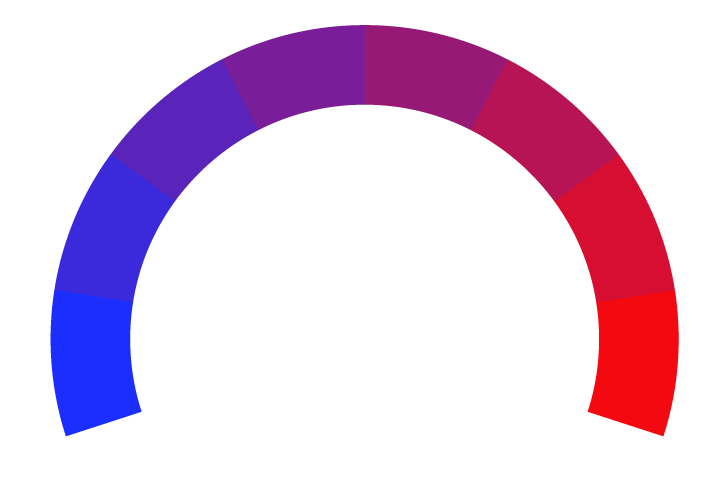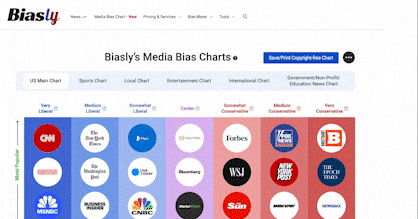Global retailers' tariff strategy risks spreading pain beyond US consumer
- Bias Rating
- Reliability
70% ReliableGood
- Policy Leaning
30% Somewhat Right
- Politician Portrayal
-56% Negative
Continue For Free
Create your free account to see the in-depth bias analytics and more.
By creating an account, you agree to our Terms and Privacy Policy, and subscribe to email updates.
Bias Score Analysis
The A.I. bias rating includes policy and politician portrayal leanings based on the author’s tone found in the article using machine learning. Bias scores are on a scale of -100% to 100% with higher negative scores being more liberal and higher positive scores being more conservative, and 0% being neutral.
Sentiments
-2% Negative
- Liberal
- Conservative
| Sentence | Sentiment | Bias |
|---|---|---|
Unlock this feature by upgrading to the Pro plan. | ||
Reliability Score Analysis
Policy Leaning Analysis
Politician Portrayal Analysis
Bias Meter
Extremely
Liberal
Very
Liberal
Moderately
Liberal
Somewhat Liberal
Center
Somewhat Conservative
Moderately
Conservative
Very
Conservative
Extremely
Conservative
-100%
Liberal
100%
Conservative

Contributing sentiments towards policy:
49% : If many multinational retailers do spread the tariff pain, higher inflation could spread even to countries which, like Britain, have already struck trade agreements with the U.S. in a bid to minimise the economic fallout of tariffs.43% : Announcing price increases in non-U.S. markets could be a way for retailers to avoid a similar backlash from Trump.
42% : But that was before Trump unveiled his tariff policy on April 2, and later hiked tariffs on Chinese goods to 145%.
38% : When U.S. behemoth Walmart (WMT.N), opens new tab said it would have to raise prices in response to tariffs, Trump ordered the world's biggest retailer via social media to 'eat the tariffs'.
*Our bias meter rating uses data science including sentiment analysis, machine learning and our proprietary algorithm for determining biases in news articles. Bias scores are on a scale of -100% to 100% with higher negative scores being more liberal and higher positive scores being more conservative, and 0% being neutral. The rating is an independent analysis and is not affiliated nor sponsored by the news source or any other organization.






















 Reuters
Reuters